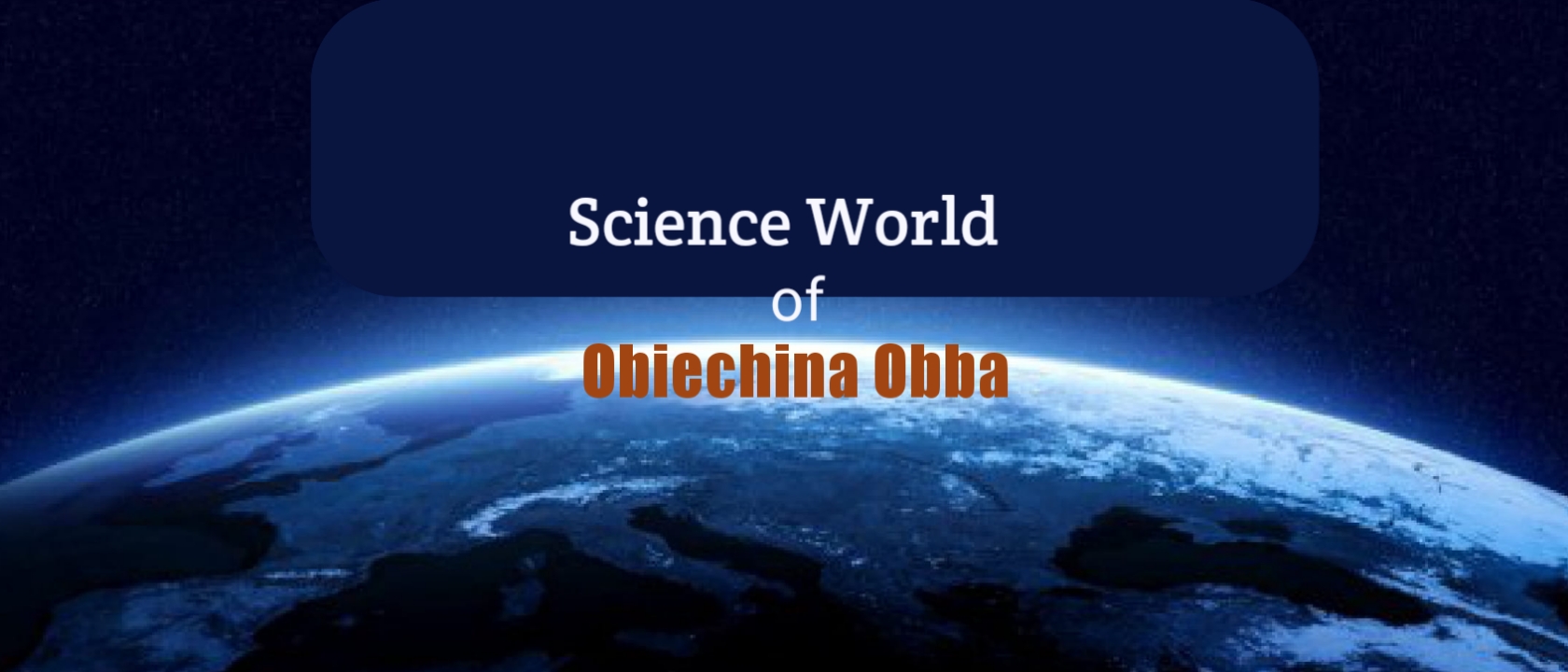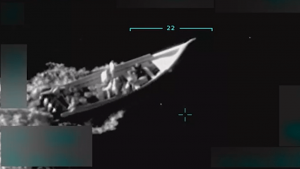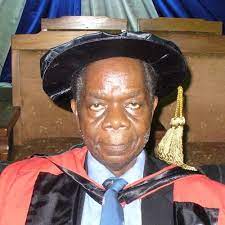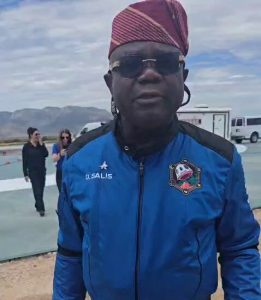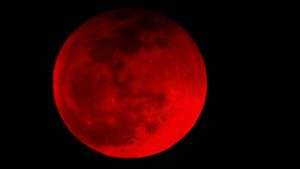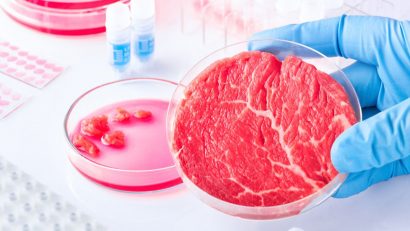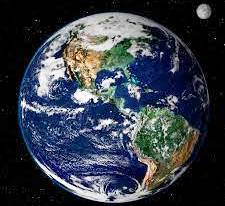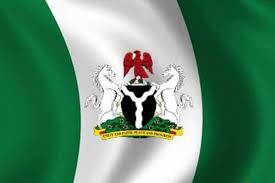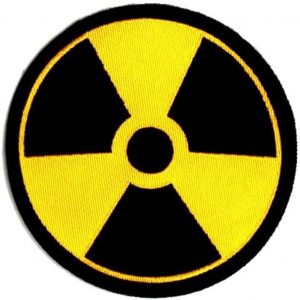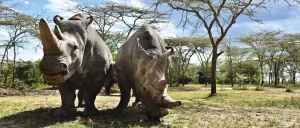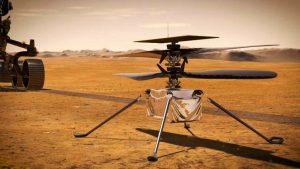Cosmonauts Oleg Artemyev, Denis Matveyev and Sergey Korsakov in MS-21 have returned to Earth from the ISS.
They returned on September 29, 2022 after 195 days in the ISS.
The three cosmonauts were powered by a Soyuz rocket, from the launch site in Baikonur Cosmodrome, Kazakhstan, to the ISS on 18 March, 2022.
RUSSIA LAUNCHES MS-22 TO ISS WITH AMERICAN ASTRONAUT FRANK RUBIO
MS-22 Russian space mission to ISS has been launched with NASA astronaut Frank Rubio and Roscosmos cosmonauts Sergey Prokopyev and Dmitri Petelin.
A Soyuz-2.1a rocket carrying the Soyuz MS–22 spacecraft lifted-off to the ISS from the Baikonur Cosmodrome in Kazakhstan on September 21, 2022.

They docked with the Rassvet module of the ISS three hours, twelve minutes later.
This is part of the Soyuz-Dragon crew swap to keep at least one NASA astronaut and one cosmonaut on each of the crew rotation missions to ensure that both USA and Russia have a presence on the ISS to maintain their separate systems.
The three men will stay in the ISS for six months.
MS-19 RETURNS FROM ISS WITH AMERICAN ASTRONAUT, MARK VANDE HEI
American astronaut, Mark Vande Hei, as expected, returned from the ISS with Russia’s Anton Shkaplerov and Pyotr Dubrov.
Shkaplerov, Dubrov and Vande Hei undocked from the Rassvet Module and landed in Kazakhstan in a Russian MS-19 spacecraft on 30 March, 2022.
A day before leaving, Anton Shkaplerov handed over command of the ISS to NASA’s Tom Mashburn.
People had feared that escalation of the crisis in Ukraine and sanctions against Russia may derail the space programme in which Russia is an active participant.

That may have left Vande Hei stranded in the ISS until a SpaceX Dragon capsule is launched to return him to Earth to join his family in Houston, USA.
Vande Hei launched to ISS from Kazakhstan on 9 April, 2021 on MS-18 in his second spaceflight.
He spent 355 days in ISS, beating Scott Kelly and NASA’s record of a single spaceflight of 340 days.
Vande Hei orbited the Earth 5,680 times and traveled 150 million miles. He spent a total of 523 days in space in his two spaceflights.
Shkaplerov launched to ISS in his fourth spaceflight on MS-19 on 5 October, 2021 and has spent a total of 708 days in space.
Dubrov launched to ISS on MS-18 on 9 April, 2021 and this is his first mission. He spent 355 days in space.
If the ISS is to survive till its design life ends in 2030, it needs the co-operation from both its Russian and US segments.
Russian Roscosmos is in charge of its orbital manoeuvres, while NASA controls the in-orbit operations.
The US with partner countries in the International Space Station, ISS, is continuing to co-operate with Russia in their space programmes despite the Ukraine crisis.
NASA says there are no changes, and none is planned, to the agency’s support for ongoing in-orbit and ground station operations with Russia’s space agency, Roscosmos.
Seven persons are currently in the ISS: Three are Americans and one a German (NASA’s Tom Mashburn, Raja Chari, Kayla Barron and Matthias Maurer of ESA).

Cosmonauts Oleg Artemyev, Denis Matveyev and Sergey Korsakov joined them in MS-21, powered by a Soyuz rocket, from the launch site in Baikonur Cosmodrome, Kazakhstan, on 18 March, 2022.
They arrived wearing yellow and blue space suits which are incidentally, the colours of the Ukrainian flag.
As Vande Hei would explain after his return to America, they discussed Ukraine but, there was no politics in the ISS.
Those were the colours of the alma mater of the three cosmonauts: Moscow State Technical University.
This is the first MS spaceflight with all three Russian cosmonauts in a very long time.
NASA astronaut, Loral O’Hara, was to join them, replacing Sergey Korsakov, but NASA opted to join in MS-22.
US President Joe Biden, on 25 February, 2022 announced wide ranging sanctions against Russia for the military offensive in Ukraine.
The European Union and United Kingdom froze the assets of Russian President Vladimir Putin and Foreign Minister, Sergei Lavrov.
The airport in Kyiv, the Ukrainian capital, has closed and the US Federal Aviation Administration says US airlines should not operate near Ukraine.
The airspace in Ukraine, Moldova, some parts of Belarus and southern Russia, near the Ukraine border, have all been closed.
On 24 February, 2022, the UK banned Russia’s national airline, Aeroflot, from landing in Britain.
In retaliation, the following day, Russia banned British airlines from landing at Russia’s airports and from crossing its airspace.
Poland and Czech Republic say they are banning Russian airlines from their airspace.
Russian airline, Aeroflot, which has been Manchester United’s official carrier since 2013 has also had its sponsorship terminated. It was to run till 2023.
MS-21 LAUNCHED; DOCKS IN ISS
Russia launched MS-21 carrying Cosmonauts Oleg Artemyev, Denis Matveyev and Sergey Korsakov from the launch site in Baikonur Cosmodrome, Kazakhstan, on 18 March, 2022.
Powered by a Soyuz rocket, they docked in ISS three hours and 17 minutes after launch. The docking was manual because of a problem with the automated rendezvous system.

They were wearing yellow and blue — the colours of the Ukrainian flag that many have been using to show support for that nation facing a Russian invasion.
It is doubtful if the cosmonauts were showing solidarity with Ukraine.
The launch was earlier planned for 30 March, 2022.
This is the first MS spaceflight with all three Russian cosmonauts in a long time.
The decision was taken in May, 2021 before the Ukraine crisis.
NASA astronaut, Loral O’Hara, was to join them, replacing Sergey Korsakov, but NASA opted to join in MS-22.
The three cosmonauts will stay in ISS for 195 days and will return to Earth on 29 September, 2022.
They will replace cosmonauts Anton Shkaplerov and Pyotr Dubrov who are to return with the American Astronaut, Mark Vande Hei, to Kazakhstan in a Russian Soyuz capsule by end of March/beginning of April, 2022.
MS-20 RETURNS FROM ISS WITH MAEZAWA
Yusaku Maezawa, 45, accompanied by his assistant, Yozo Hirano, and Cosmonaut Alexander Misurkin as Mission Pilot, returned from the ISS on 20 December, 2021.
The Japanese billionaire who paid $70 million was on a 12-day trip aboard Soyuz spacecraft MS-20 to the ISS, which was launched on 8 December, 2021.
Russia is opening-up orbital space tours further as the Japanese. Maezawa, trained in the Yuri Gagarin Cosmonaut Training Centre, outside Moscow, for six months for the space tourism flight.
Maezawa is the first Japanese space tourist to the ISS.
As one of Japan’s most flamboyant public figures, Maezawa made the most of his trip and thrilled his social media followers from space; showing them how to brush teeth and make tea in micro-gravity.
RUSSIAN ACTRESS RETURNS FROM ISS
Russian actress Yulia Peresild and film director Klim Shipenko returned from the International Space Station, ISS, on 17 October, 2021.
They spent 12 days filming the first full movie in space in the ISS.
In the film entitled: Challenge, Peresild acted as Doctor Zhenya rushed to space to save the life of a dying cosmonaut.
Russia launched them to the ISS on 5 October, 2021 aboard MS-19 spacecraft.
They were joined by cosmonaut Anton Shkaplerov as Mission Pilot of the spacecraft which lifted off from Baikonur Cosmodrome, Kazakhstan, powered by a Soyuz rocket.
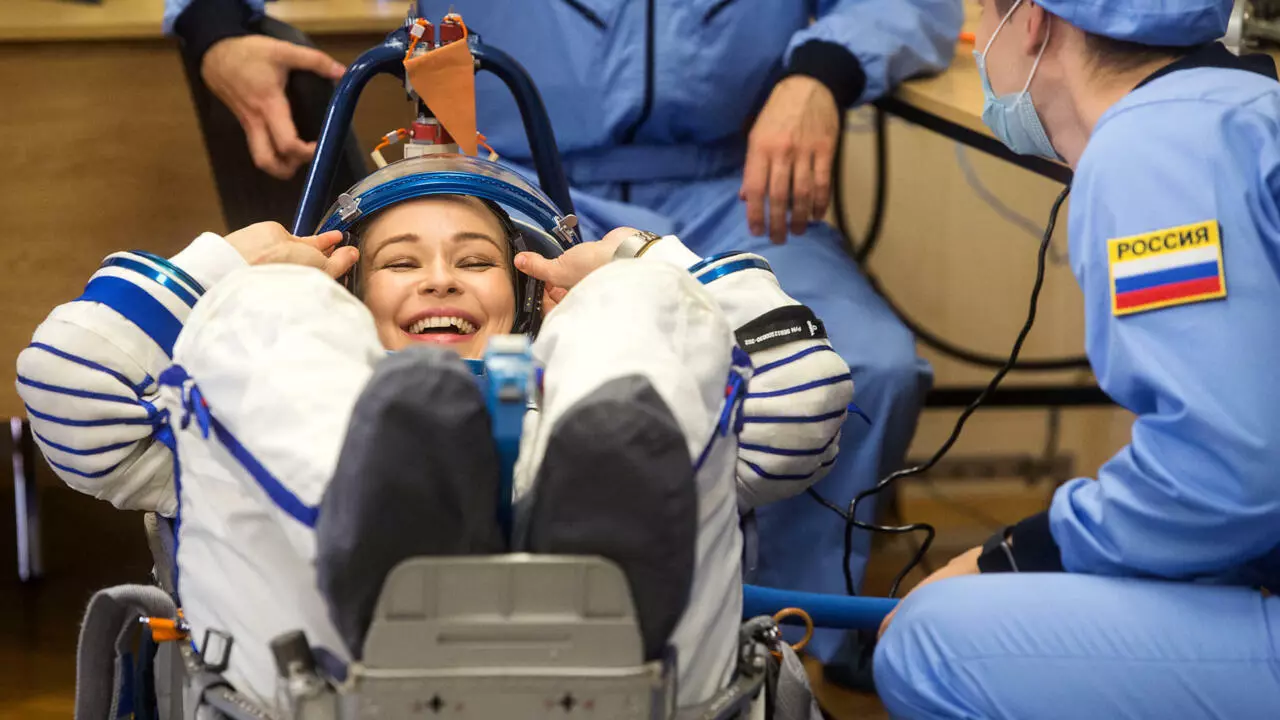

Peresild and Shipenko returned with another Soyuz spaceship, MS-18, while Shkaplerov stays back in ISS for six-months.
Cosmonaut Oleg Novitskiy, (who traveled to ISS six months earlier with NASA astronaut Mark Vande Hei and cosmonaut Petr Dubrov), returned with the film crew.
Mark Vande Hei and Petr Dubrov gave-up their seats and will return in March, 2022.
This will make Vande Hei’s mission one year long and the longest single stay in space by an American.
The American record for a single stay in space, which was in ISS, was by astronaut Scott Kelly for 340 days ending on March 1, 2016.
Yulia Peresild beats American actor of “Mission Impossible” series, Tom Cruise, who has been discussing the possibility of becoming the first actor to film in space with NASA and Elon Musk’s SpaceX since 2020.
The two-member film crew were assisted by cosmonauts and filmed over 30 hours of movie material on board the space station.
Cosmonaut Oleg Novitskiy acted the part of the dying cosmonaut saved by “Dr Zhenya” Yulia Peresild in the movie.
Cosmonaut Oleg Novitsky was also the Mission Pilot for the return flight on MS-18.
He was the one conducting engine tests on the Soyuz spaceship in the ISS on 15 October, 2021 when its thrusters over-fired, moving the station out of orientation by 57 degrees.
NASA’s Mission Control quickly, instructed its astronauts in the ISS to follow emergency procedures.
That was the second time in 2021 that a Russian spacecraft pushed the ISS off position.
Roscosmos’ new module, Nauka, did that in July when it unexpectedly fired its thrusters after docking, pushing the ISS off its alignment by 45 degrees.
Russia’s space agency, Roscosmos, says in this latest incident, the orientation of the ISS was “temporarily changed” and “recovered,” and no one was in danger as in the earlier case.
The incident was corrected in 30 minutes and did not affect the planned return trip for MS-18.
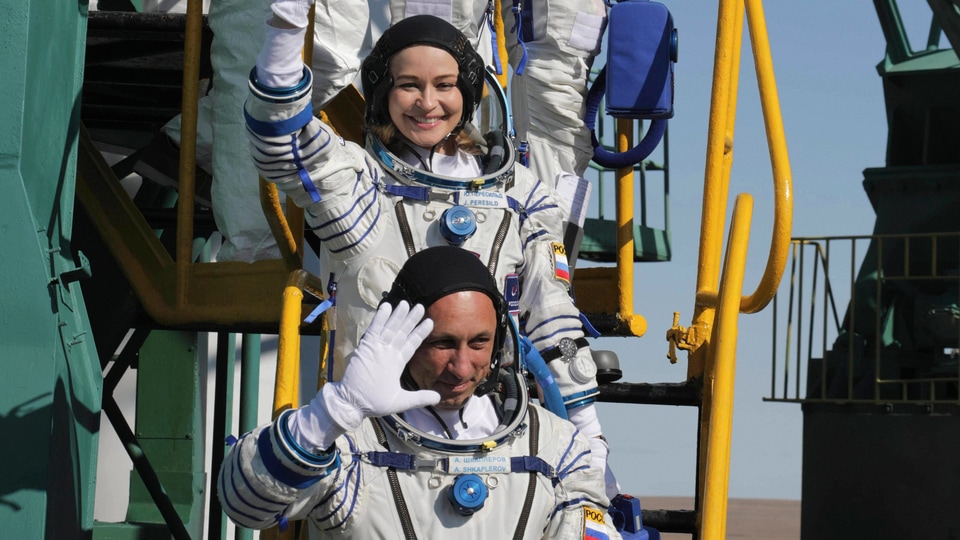
Seven astronauts are remaining in the space station: Russia’s Anton Shkaplerov and Pyotr Dubrov; America’s Mark Vande Hei, Shane Kimbrough and Megan McArthur; Thomas Pesquet of the European Space Agency and Japan’s Aki Hoshide.
Russia is opening-up orbital space tours further as the Japanese billionaire, Yusaku Maezawa, commenced training in the Yuri Gagarin Cosmonaut Training Centre, outside Moscow, for a space tourism flight.
Maezawa, 45, is to be accompanied by his assistant, Yozo Hirano, and Cosmonaut Alexander Misurkin as Mission Pilot, on a 12-day trip aboard Soyuz spacecraft MS-20 to the ISS, starting from 8 December, 2021.
Maezawa hopes to be the first Japanese space tourist to the ISS.
EARLIER POST: MS-18 DOCKS
This follows the successful launch using the three-stage Soyuz MS-18 rocket in Baikonour Cosmodrome, Kazakhstan.
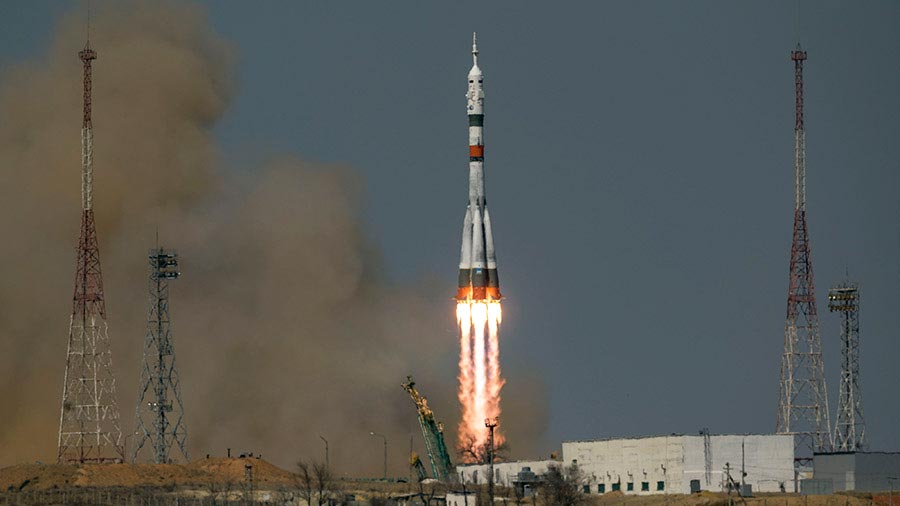
On docking and hatch opening in the Rassvet module, the new arrivals were received by the seven astronauts already in the ISS.
The crew is made-up of NASA’s Flight Engineer, Mark Vande Hei; Roscosmos Soyuz Commander, Oleg Novitskiy; and Roscosmos Flight Engineer, Pyotr Dubrov.
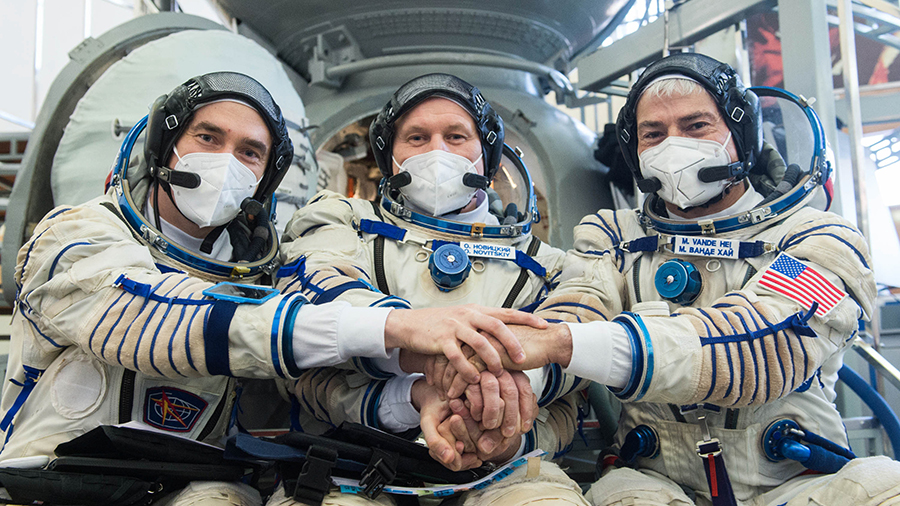
This is the 3rd spaceflight for Novistskiy; 2nd for Hei and 1st for Dubrov.
They will replace the crew of MS-17 in Expedition 64 comprising: Commander Sergey Ryzhikov, Flight Engineer Sergey Kud-Sverchikov both from Roscosmos and NASA’s Flight Engineer Kate Rubins.
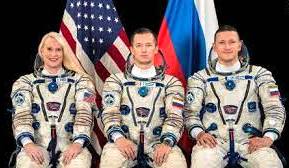
The MS-17 crew were launched on 21 October, 2020.
However, a SpaceX Falcon 9 rocket carrying a Crew-1 Dragon spacecraft with four astronauts, launched from NASA’s Kennedy Space Centre, Florida, US, on 15 November, 2020 joined them.

The SpaceX Crew-1 had NASA’s Commander, Shannon Walker and astronauts Michael Hopkins and Victor Glover, as well as JAXA’s Soichi Noguchi.
The arrival of MS-18 crew in Expedition 65 makes the astronauts in the ISS 10 in number.
The MS-17 crew in Expedition 64 will return to Earth on 17 April, 2021.
pictures courtesy: nasa
EARLIER POST: MS-17 RETURNS
The crew of MS-17 in Expedition 64 comprising: Commander Sergey Ryzhikov, Flight Engineer Sergey Kud-Sverchikov both from Roscosmos and NASA’s Flight Engineer Kate Rubins have returned to Earth.
They were earlier replaced by MS-18 crew made-up of NASA’s Flight Engineer, Mark Vande Hei; Roscosmos Soyuz Commander, Oleg Novitskiy; and Roscomos Flight Engineer, Pyotr Dubrov, who were launched in the three-stage Soyuz rocket in Baikonour Cosmodrome, Kazakhstan.
photo credit: roscomos
